The Complete Guide to Open Deep Groove Ball Bearings: Versatility and Performance
Introduction: Understanding Open Deep Groove Ball Bearings
Open deep groove ball bearings are a common type of rolling bearings, characterized by simple structure, ease of use and relatively low price. Its main features are low frictional resistance and high speed, which make it suitable for bearing radial or radial and axial simultaneous action of the combined load. Open deep groove ball bearings are suitable for high or even very high-speed operation and are very durable, requiring no frequent maintenance. Open-type deep groove ball bearings are widely used in precision instruments, low-noise motors, automobiles, motorcycles and general machinery industries. Due to their low coefficient of friction and high limiting speeds, they are particularly suitable for applications requiring high speeds and low maintenance requirements.
The Anatomy of Open Deep Groove Ball Bearings
Open-type deep groove ball bearings are deep groove ball bearings without sealing structure, usually called open-type deep groove ball bearings. These bearings are characterized by a low coefficient of friction and high limiting speeds. They are suitable for operation at high or even very high speeds and require no frequent maintenance.
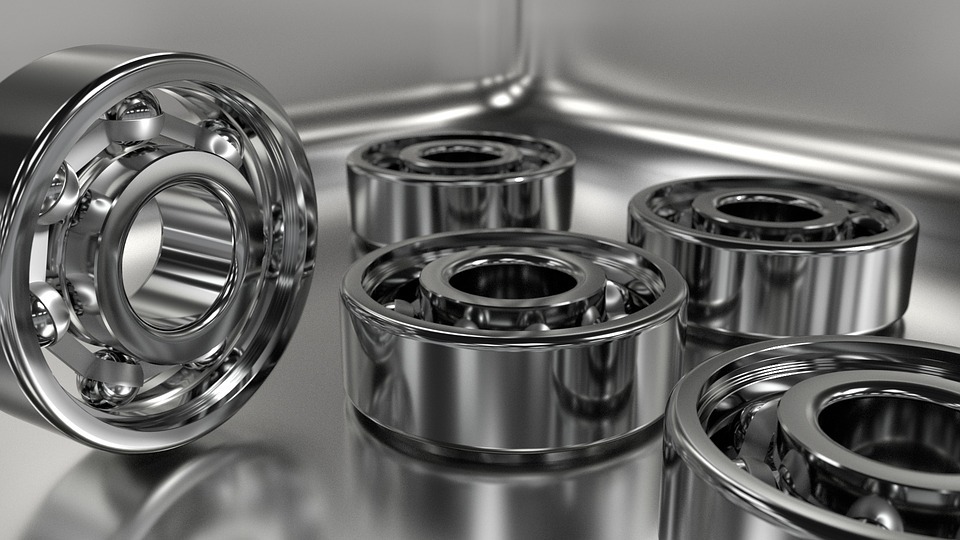
Components and Design
An open deep groove ball bearing includes the outer ring, inner ring, steel balls and cage.
Outer ring: The outer ring of a deep groove ball bearing is a ring-shaped part, usually made of steel, with raceways for supporting steel balls.
Inner Ring: The inner ring is also a ring-shaped part mounted on the shaft. It has raceways to support the balls.
Steel Balls: Steel balls are rolling bodies, usually made of high carbon chrome bearing steel, capable of rolling between the inner and outer rings.
Cage: The cage separates the balls and prevents them from colliding. It is usually made of pressed steel or plastic.
Understanding “Open” Configuration
The “open” setting of open-type deep groove ball bearings mainly refers to the characteristics of the bearings without sealing structure, which makes the bearings reduce friction, increase the rotational speed and apply to a variety of working environments during operation.No sealing structure: open deep groove ball bearings do not have dust cover or seal on both sides of the bearing, the inside of the bearing is directly exposed to the external environment.
Materials and Manufacturing
The materials used for open deep groove ball bearings mainly include carbon steel, bearing steel, stainless steel, plastics and ceramics.
Carbon and bearing steels: e.g. GCR15 (AISI 52100) refined bearing steel with excellent strength and wear resistance for high load and high-speed conditions.
Stainless Steel: Excellent corrosion resistance, commonly used in wet or chemically corrosive environments.
Plastics and Ceramics: Plastics such as polyoxymethylene (POM) are suitable for low-load and medium-speed applications; ceramic materials such as alumina and silicon nitride have high strength, high hardness and low coefficient of friction, making them suitable for high speeds, high temperatures, and high-precision application scenarios.
Advantages of Open Deep Groove Ball Bearings
Open-type deep groove ball bearings are suitable for high-speed or even very high-speed operation, and they are very durable and do not require frequent maintenance. These kinds of bearings have a small friction coefficient, high limiting speed, various size ranges and forms, applied in precision instruments, low noise motors, automobiles, motorcycles, general machinery and other industries, which are the most widely used kind of bearings in the mechanical industry. It mainly bears radial load but can also bear a certain amount of axial load.
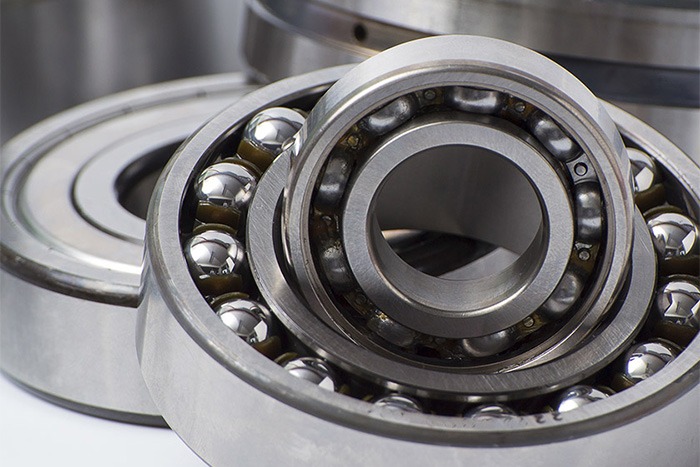
High-Speed Capability
The high-speed capability of open deep groove ball bearings is one of their distinguishing characteristics. The internal geometry of open deep groove ball bearings is optimized and designed to reduce friction and increase speed. This design allows the bearings to maintain a low coefficient of friction at high speeds, thus reducing energy loss and heat generation. Deep groove ball bearings have a simple and stable structure and are able to withstand the various forces associated with high-speed rotation. The design of their rings and raceways allows the bearings to maintain stable operation at high speeds.
Versatile Lubrication Options
Diverse lubrication methods for open deep groove ball bearings mainly include the following:
Grease Lubrication is one of the most common forms of lubrication, and it uses grease made from mineral, synthetic, or semi-synthetic oils. It has the advantages of good lubrication performance and long service life. Grease lubrication is non-volatile, but it needs to be matched according to the working environment and load conditions of the bearings.
Oil-air lubrication: The lubricant is atomized into tiny particles and sent through compressed air to lubricate the inside of the bearing. It is suitable for bearings under high-speed and high-temperature conditions, such as high-speed motors and machine tool spindles.
Oil-immersed lubrication: The bearings are immersed in lubricating oil to reduce friction and wear during operation through oil film lubrication. It is suitable for bearings under low speed and heavy load conditions, such as metallurgy and heavy machinery.
Oil lubrication: A lubrication film is applied directly to the bearing surface to reduce friction and wear during operation. This method is suitable for bearings under low speed and light load conditions, such as door hinges, pianos, etc.
Dry lubrication: A solid lubricant film is formed on the surface of the friction pair, which provides lubrication by preventing direct metal-to-metal contact. This type of lubricant is suitable for bearings under high-temperature and low-speed conditions, such as stoves, railroad cars, etc.
Water-based lubrication: Water is used as the lubricating medium, and the surface tension and viscosity of water are reduced by surfactants and additives to achieve lubrication. It is suitable for bearings under high-speed and high-temperature conditions, such as fans and rail vehicles.
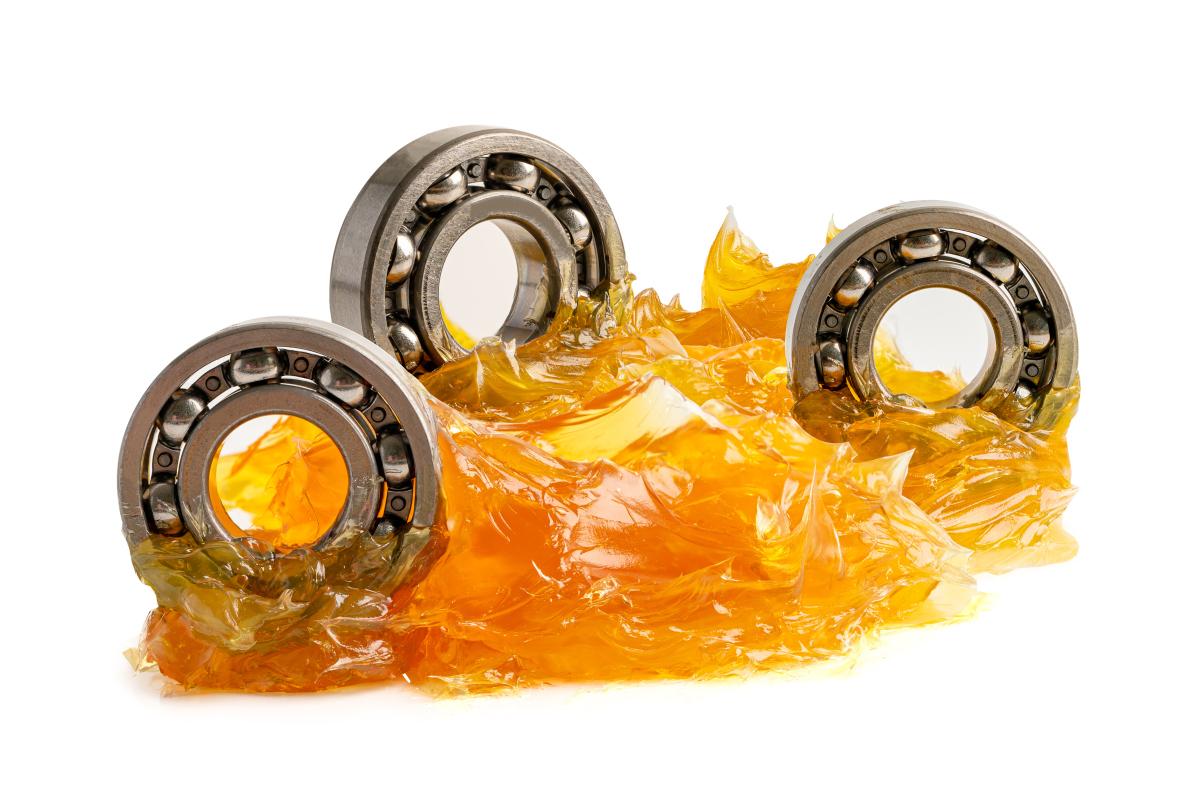
Cost-Effectiveness
Open deep groove ball bearings are usually cheaper to manufacture due to their relatively simple structure. This is mainly due to its standard groove raceway and simple cage design, which makes the material consumption and machining difficulty in the production process relatively low. In addition, the wide application of open deep groove ball bearings also promotes large-scale production, further reducing the manufacturing cost per unit product. Open deep groove ball bearings show high economic efficiency in the long-term operation process. Their low initial investment and maintenance costs make the total cost of ownership (TCO) relatively low. At the same time, their stable performance and high operating efficiency also help to improve equipment productivity and reduce energy costs.
Applications of Open Deep Groove Ball Bearings
Open-type deep groove ball bearings are mainly used in applications that require high-speed operation with low maintenance requirements. Due to their low coefficient of friction, high limiting speeds, and wide range of sizes and forms, open deep groove ball bearings are widely used in the machinery, automotive, agricultural and construction equipment industries.
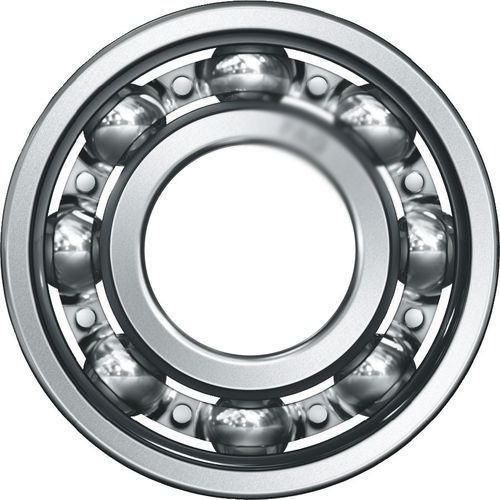
Industrial Machinery
Agricultural machinery: Deep groove ball bearings can be used in agricultural machinery, such as harvesters and tractors. These machines can withstand large radial and axial loads and have a dust-sealing device, extending their service life.
Heavy-duty trucks: Deep groove ball bearings can be used in heavy-duty trucks, such as steering racks, drive shafts, etc. Deep groove ball bearings in these machines can withstand high-intensity working environments and large axial loads.
NTN 6210 bearings are widely used in metering pumps, gear pumps, slide pumps, and other fields. They are suitable for high-speed operation and bearing radial and axial loads.
NTN 6706 bearings are mainly used in crushing equipment, conveyors, dust removal equipment, and other fields to withstand various mechanical loads and ensure the stable operation of the equipment.
Automotive Industry
Automobiles and motorcycles: Wheel bearings, transmission bearings and other vehicle parts are commonly used to withstand the vehicle’s weight and the force of various road conditions and ensure the smooth running of the vehicle.
Transmission: In manual transmission, bearings support shaft rotation and gear transmission to ensure smooth power transitions. The complex system of shafts and gears inside the transmission needs bearings to function properly.
Differential Gears: Differential gears are a key component in achieving smooth cornering in a vehicle, and bearings provide the necessary support during this process to ensure that drive forces are correctly transmitted to the left and right axles.
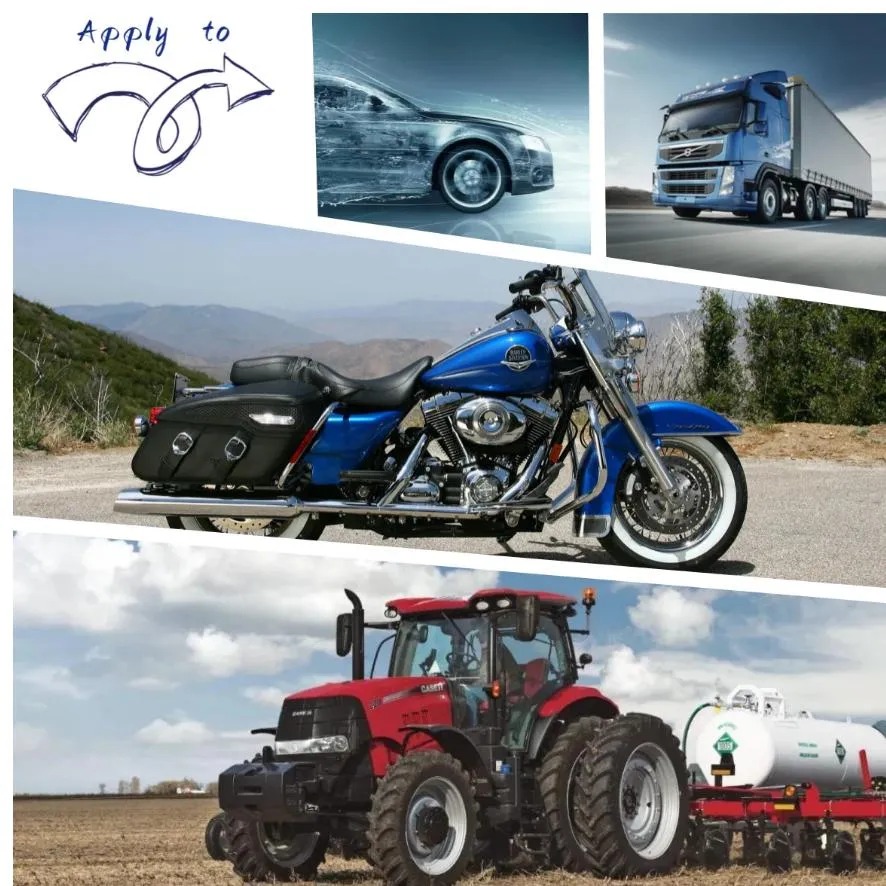
Agriculture and Construction Equipment
Seeders: The spindles of seeders are usually subjected to high loads and need to rotate efficiently and smoothly.Housed deep groove ball bearings are used to support the spindle to ensure that the spindle of the planter is smooth and stable in operation, improve the operating efficiency of the spindle, reduce mechanical failures, and improve the overall performance and service life of the planter.
Mixer: Deep groove ball bearings are also often used in the rotating parts of the mixing arm and drum of the mixer. These bearings can withstand high loads and vibrations during the mixing process to ensure the normal operation of the mixer.
Selecting the Right Open Deep Groove Ball Bearing
To choose the right open deep groove ball bearing, we can consider the following factors: load, speed and temperature, material and the use of the environment and so on.
Load Considerations
Deep groove ball bearings mainly bear radial loads, but they can also bear certain axial loads. According to the design and working conditions of the gearbox, calculate or find out the radial load requirement of the bearing and select the bearing that can take into account the axial load according to the axial force requirement. Gearboxes usually have high precision requirements for bearings. Select a suitable precision grade, such as P0 (ordinary grade), P6 (medium precision) or P5 (high precision), to ensure smooth operation and minimize vibration of the bearings. Select bearings with low noise and vibration to enhance the smooth operation and comfort of the gearbox.
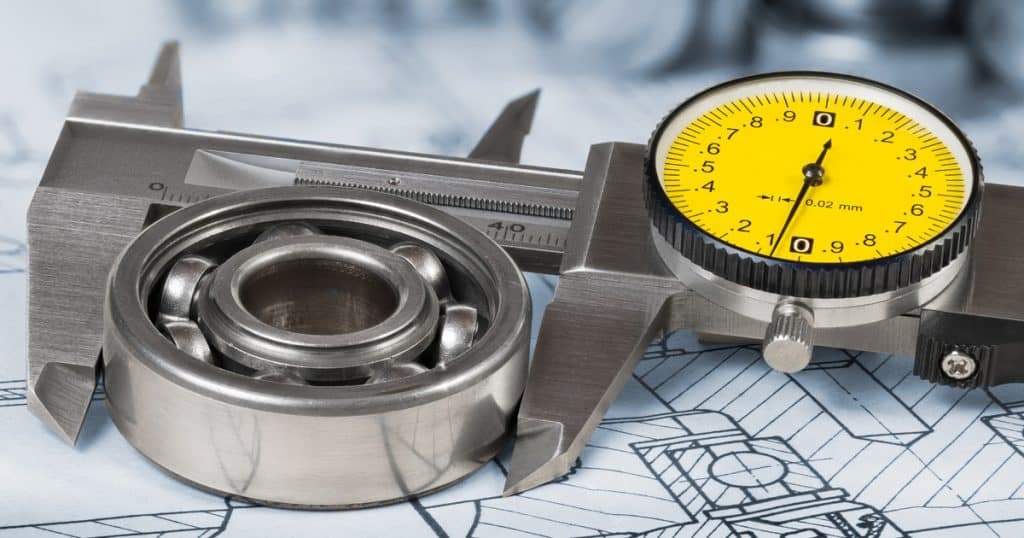
Speed and Temperature Factors
Open-type deep groove ball bearings are suitable for high and ultra-high speeds and can withstand high rotational speeds. Their rotational speed capability depends mainly on the bearing’s size, construction and material. In general, bearings with smaller dimensions usually have a higher RPM capability because smaller dimensions reduce inertia during rotation, thus allowing higher RPMs.In addition, lighter-weight materials also contribute to higher speeds.
The operating temperature should be within the bearings’ permissible range, usually between -40°C and +120°C. If the operating temperature exceeds this range, premature bearing failure may result. Therefore, when selecting bearings, it is necessary to choose the right type and design of bearing according to the actual working conditions.
Environmental Factors
Select bearings of high-strength materials, such as high-carbon chrome or alloy steel, with excellent wear resistance and load-carrying capacity. Consider the use of corrosion- and wear-resistant surface treatments, such as zinc plating, nitriding or phosphating, to improve the durability and reliability of the bearings. Select the appropriate lubrication method, such as lubricating oil or grease, according to the working environment and maintenance requirements. Select the appropriate type of sealing (e.g., sealing caps, rubber seals, etc.) to prevent dust, moisture and contaminants from entering the bearing interior.
Difference between open bearings and closed bearings
The biggest difference between open and closed deep groove ball bearings lies in the different structures and application scenarios. The open type is simpler than the closed one, suitable for machine repair and maintenance. In contrast, the closed type can be better dust-proof, water-proof and anti-pollution, suitable for demanding and heavy working environments. Deep groove ball bearings should be selected according to the specific use environment and needs.
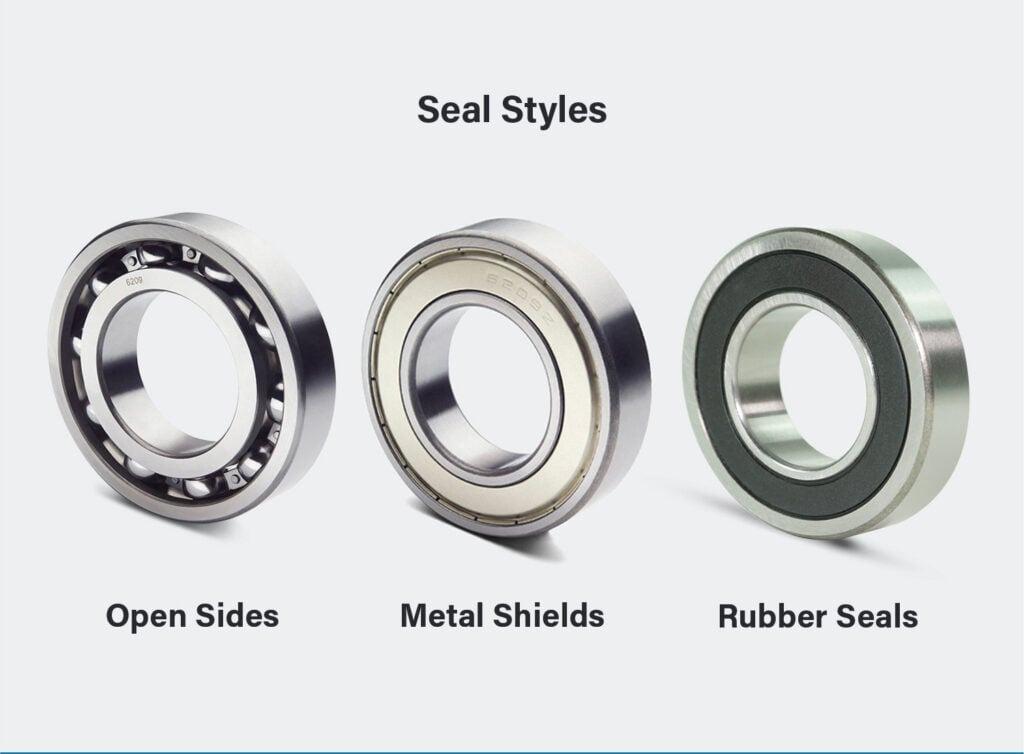
Structural differences
Deep groove ball bearings are a bearing assembly widely used in the machinery industry, and their structure is divided into open type and closed type. The main difference between open and closed deep groove ball bearings lies in the inner and outer rings of the bearing. Open-type deep groove ball bearings do not have isolation shims; the inner ring and outer ring can be in direct contact, and no groove fills the ball. The structure is quite simple and easy to install and dismantle. The closed deep groove ball bearings have an isolation gasket; there is a certain gap between the inner ring and outer ring filled with ball groove; this structure can make the bearings better dust-proof, water-proof and anti-pollution, but also can improve the bearing load bearing capacity.
Comparison of Usage Scenarios
Open deep-groove ball bearings and closed deep-groove ball bearings have different application scopes for the different use scenarios. Open deep groove ball bearings have a relatively simple structure and can be mounted and dismounted quickly and conveniently, so they are usually used in machine repair and maintenance, such as the bearing heating device after heat treatment because it will lead to hardening or ageing of seals. It can be easily replaced with open bearings. Closed deep groove ball bearings are dustproof, waterproof and anti-pollution, suitable for high pollution, high humidity, high temperature, and high speed under the work environment, such as automobile, machine tools and other industries bearings.
Troubleshooting Common Issues
Excessive tensioning: If excessive tensioning is applied during installation, it will lead to inflexible bearing running or even stalling. To avoid this situation, you should use the appropriate force for tensioning during installation and check and adjust it at the right time during use.
Installation imbalance: Installation imbalance will lead to uneven bearing force on the shaft, affecting the service life. To avoid this situation, you should pay attention to the balance of the bearings during installation and take corresponding measures to adjust.
Bearing failure: If a bearing fails during use, it will directly affect its effectiveness and life. To avoid bearing failure, bearings should be inspected before installation to ensure their quality and intactness, and regular maintenance should be carried out during use.
Excessive temperature: High temperature during operation will lead to deformation and ageing of the bearing material, affecting the service life. To avoid this, timely lubrication and cooling should be carried out during use.
Insufficient lubrication or improper lubricant: Insufficient lubrication or improper lubricant will cause the bearing to heat up, discolour, and then burn and fail to rotate. To prevent this, check the type of lubricant and ensure the amount injected, check the conditions of use, and prevent positioning errors.
Excessive load: Improper use of excessive loads can strip the bearings’ running surface, showing obvious convexity and concavity. To prevent this, the conditions of use should be re-examined, bearings should be re-selected, clearance should be reconsidered, and shaft and bearing box machining accuracy should be checked.
Foreign body intrusion: Foreign body intrusion can cause bearing surface or deep spalling. To avoid this, the introduction of contaminants should be avoided during installation, the geometry and quality of the control valve seat should be controlled, and stresses due to bearing misalignment should be avoided.
Galvanic corrosion: Passing an electric current through a bearing causes galvanic corrosion, producing pits or grooves. To avoid this damage, make sure that current does not pass through the bearing, and for generator and motor applications, choose ceramic insulated bearings.
Plastic deformation: Excessive shock loads can result in partially chipped and cracked sections. To avoid this situation, the conditions of use, the appropriate overload, the material, and the installation and use methods must be checked.
Cage breakage: Excessive torque load, high-speed rotation or frequent changes in speed, poor lubrication, stuck in foreign objects, etc., will lead to cage breakage.To avoid this, the conditions of use and the type and quantity of lubricant should be checked.
Conclusion: Maximizing the Potential of Open Deep Groove Ball Bearings
With the rapid development of industrial automation and intelligent manufacturing, the demand for high-performance bearings continues to grow. Open deep groove ball bearings are one of the important members, and their market demand will continue to grow. Open deep groove ball bearings have great market potential and development prospects due to their simple structure, superior performance and wide range of applications. In the international market, well-known brands such as NSK and SKF are leading in the bearing field. Domestic enterprises are also continuously improving product quality and technology levels to occupy a place in the international market.
Welcome to TFL Bearings, Inc. for quality open deep groove balls to realize the full potential of your machinery!
Frequently Asked Questions
- How often should I lubricate open deep groove ball bearings?
The lubrication cycle for open deep groove ball bearings is usually six months. Under normal operating conditions, deep groove ball bearings are usually lubricated about one week and six months after installation. However, in harsh environments, such as high temperatures, high speeds, high loads, strong corrosion, etc., the lubrication cycle needs to be decided on a case-by-case basis.
- Can open bearings be used in dusty environments?
The use of open deep groove ball bearings in dusty environments requires careful consideration.
Pollution and wear: In dusty environments, dust particles can easily enter the inside of the bearings and adhere to the rolling bodies and raceways, increasing friction and wear, and may even cause the bearings to seize or be damaged.
Lubrication failure: Dust invasion will also contaminate the lubricant, reducing its lubricating effect, which in turn affects the bearing’s service life and performance.
- How do I clean open ball bearings properly?
Preliminary cleaning: First, use a soft brush to gently brush away the dust and particles on the surface of the bearings. Be careful not to use too much force to avoid damaging the bearings.
Deep cleaning: If the bearing surface has stubborn stains or grease, you can use a special bearing cleaner to clean it.Apply the cleaning agent evenly to the bearing surface, then gently brush it with a soft brush and finally rinse it off with water.Note that some bearings may not be suitable for water cleaning, especially bearings with poor waterproof performance. The cleaning agent and water should be used with caution.
Drying treatment: After cleaning, use a clean cloth or paper towel to dry the bearing surface, and then put it in a ventilated and dry place to dry naturally. Avoid using high-temperature equipment such as a hot air gun or dryer to avoid deformation of the bearing or loss of internal grease.
- What types of lubricants can be used with open deep groove ball bearings?
Open deep groove ball bearings can use many types of lubricants, mainly including mineral oil, synthetic oil, calcium-based grease and lithium-based grease.
- How do I know when to replace an open bearing?
The main criteria for determining whether open deep groove ball bearings need to be replaced include bearing wear, damage, reduced surface hardness and deformation.
Bearing Wear: When bearing wear exceeds the standard, such as 10% of tolerance for ID, OD and width, the bearing needs to be replaced.
Bearing damage: If the bearings have cracks, wear and other damage during use, and the degree of damage exceeds the standard, they need to be replaced in a timely manner.
Reduced surface hardness: Reduced surface hardness of the bearing will lead to shorter life, if the surface hardness is reduced to a certain level, the bearing needs to be replaced.
Bearing deformation: If the bearing deformation exceeds the standard, it is also necessary to replace the bearing.
